Adding planter boxes to your garden is one of the easiest and most rewarding ways to elevate your outdoor space. Whether you have a sprawling backyard, a cozy patio, or a compact balcony, planter boxes bring structure, beauty, and versatility to your plant arrangements. Even better — building them yourself is simpler than you might think!
In this comprehensive guide, we’ll show you how to build planter boxes for your garden from scratch, covering everything from materials and tools to step-by-step building instructions, design ideas, and maintenance tips.
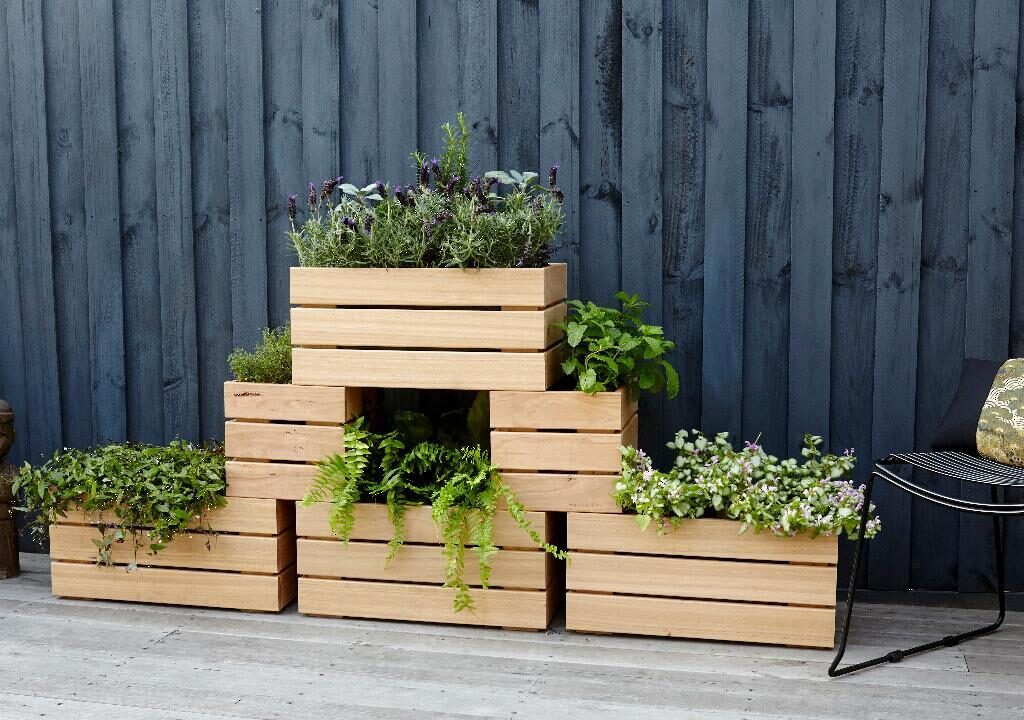
Why Build Your Own Planter Boxes?
Before we dive into the how-to, let’s take a moment to appreciate why homemade planter boxes are a fantastic addition to any garden:
Customize to Fit Your Space
Design planter boxes in any size, shape, and style to perfectly suit your garden layout and planting needs.
Better Soil Control
Planter boxes allow you to control the soil type and drainage, which is ideal for plants that require specific growing conditions.
Reduce Weeds and Pests
Elevated planter boxes minimize weed growth and deter certain pests, like slugs and snails.
Easier Gardening
Planter boxes reduce the need to bend or kneel, making planting and harvesting more accessible and ergonomic.
Aesthetic Appeal
They add structure, color, and texture to your garden design, and can be stained or painted to match your outdoor decor.
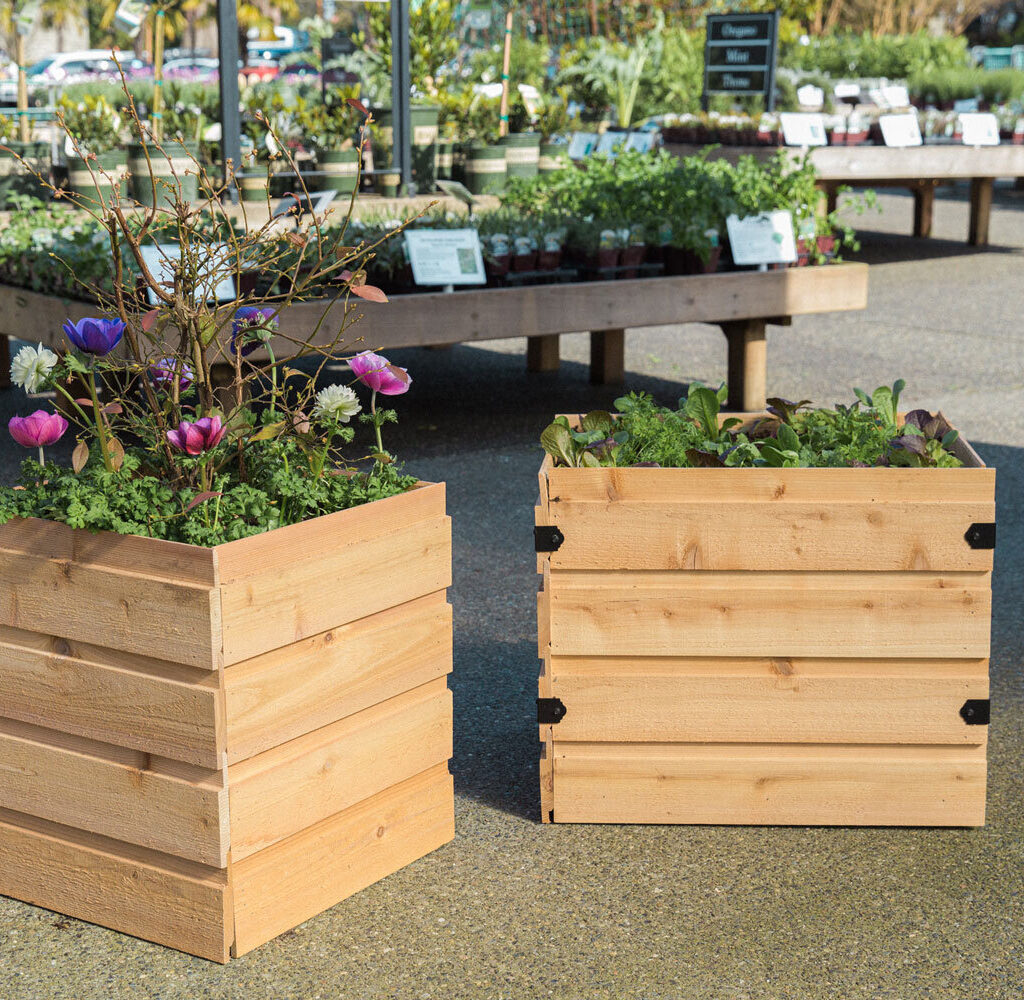
What You’ll Need: Materials and Tools
Before you start building, gather these basic supplies:
Materials:
- Wood boards (cedar, redwood, or pressure-treated pine work well)
- Wood screws or galvanized nails
- Weed barrier fabric or landscaping fabric (optional)
- Sandpaper
- Wood stain, paint, or sealant (optional)
Recommended wood sizes:
- 1” x 6” or 2” x 6” for the sides
- 2” x 2” or 2” x 4” for corner supports
Tools:
- Tape measure
- Saw (hand saw, circular saw, or miter saw)
- Cordless drill or screwdriver
- Hammer (if using nails)
- Clamps (optional but helpful)
- Paintbrush (if staining or sealing)

How to Build Planter Boxes for Your Garden: Step-by-Step
Let’s get building! Below is a simple method for creating a classic rectangular wooden planter box. You can adjust measurements based on your space and plant needs.
Step 1: Plan Your Dimensions
Decide how large you want your planter box to be. A common and versatile size is 4 feet long, 2 feet wide, and 1 foot tall, but feel free to modify this.
Tip: Keep width under 4 feet so you can easily reach the center from either side.
Step 2: Cut the Wood
Using your saw, cut the wood to your desired dimensions:
- 2 long side panels (e.g. 48 inches)
- 2 short end panels (e.g. 24 inches)
- 4 corner supports (e.g. 12 inches tall)
Optional: Cut a bottom panel if you want a completely enclosed box.
Step 3: Sand the Edges
Smooth all cut edges with sandpaper to prevent splinters and create a polished finish.
Step 4: Assemble the Frame
Attach the side panels to the corner supports using wood screws or nails:
- Start by attaching a short end panel to a corner support.
- Repeat for the other three corners.
- Connect the long side panels to complete the rectangular frame.
Tip: Use clamps to hold pieces in place for easier alignment while fastening.
Step 5: Add a Bottom (Optional)
If you’d like your planter box to be portable or sit on a patio, attach slats or a solid piece of wood for the bottom, leaving small gaps for drainage.
Note: For garden bed use, you can skip the bottom and place the box directly on the ground.
Step 6: Line the Interior (Optional)
To extend the life of your planter box, line the interior with a weed barrier fabric or landscape fabric before adding soil. This prevents soil erosion and wood rot while still allowing water drainage.
Step 7: Finish with Paint or Stain
Protect your planter box from the elements by applying a coat of exterior wood stain, sealant, or weather-resistant paint. This step isn’t mandatory, but it can dramatically increase the lifespan and appearance of your planter box.
Step 8: Add Soil and Plant
Once your box is dry and ready, fill it with high-quality garden soil suited to your plants. Add your chosen flowers, vegetables, or herbs — and enjoy your new garden feature!
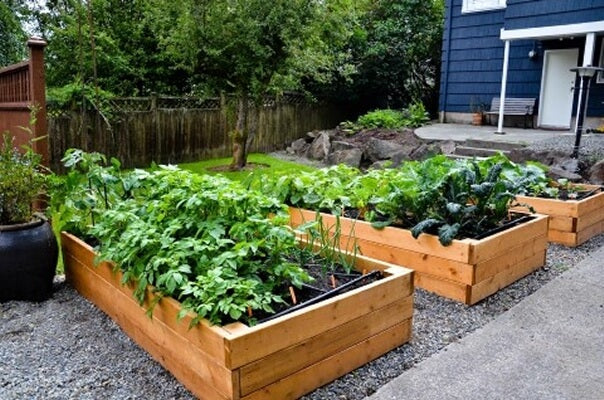
Creative Planter Box Design Ideas
Want to get even more creative with your planter boxes? Here are a few inspiring ideas:
Tiered Planter Box
Build multiple stacked planter boxes at different heights for a cascading, space-saving garden.
Corner Planter
Construct a planter box that fits neatly into a garden corner or patio for efficient use of space.
Vertical Wall Planter
Attach small planter boxes to a wooden pallet or trellis for a vertical herb or flower garden.
Raised Planter with Legs
Elevate your planter box on legs to create a waist-high garden, perfect for patios or accessibility.
Reclaimed Wood Planters
Use old pallets, fence boards, or barn wood for a rustic, eco-friendly planter box with character.
Tips for Maintaining Your Planter Boxes
To keep your planter boxes looking great and functioning well, follow these care tips:
- Reapply stain or sealant every year to protect the wood from weathering.
- Check for loose screws or nails and tighten or replace them as needed.
- If using a bottom panel, ensure drainage holes stay clear to prevent waterlogging.
- Replace or refresh soil annually for the healthiest plants.
- Avoid placing planter boxes directly on grass or soil if they’re not treated for ground contact.
Best Plants to Grow in Planter Boxes
Planter boxes are incredibly versatile and can accommodate a variety of plants, including:
Vegetables:
- Lettuce
- Carrots
- Radishes
- Peppers
- Tomatoes (with staking or cages)
Flowers:
- Petunias
- Marigolds
- Pansies
- Geraniums
- Begonias
Herbs:
- Basil
- Parsley
- Mint (keep contained!)
- Thyme
- Oregano
Final Thoughts
Building your own planter boxes is a fun, affordable, and rewarding way to add beauty, function, and personality to your garden. Whether you opt for a simple rectangular frame or a custom vertical herb wall, planter boxes give you creative control over your garden’s layout and design.
By following this detailed guide, you’ll be able to create durable, attractive planter boxes that suit your space, protect your plants, and make gardening more enjoyable than ever.

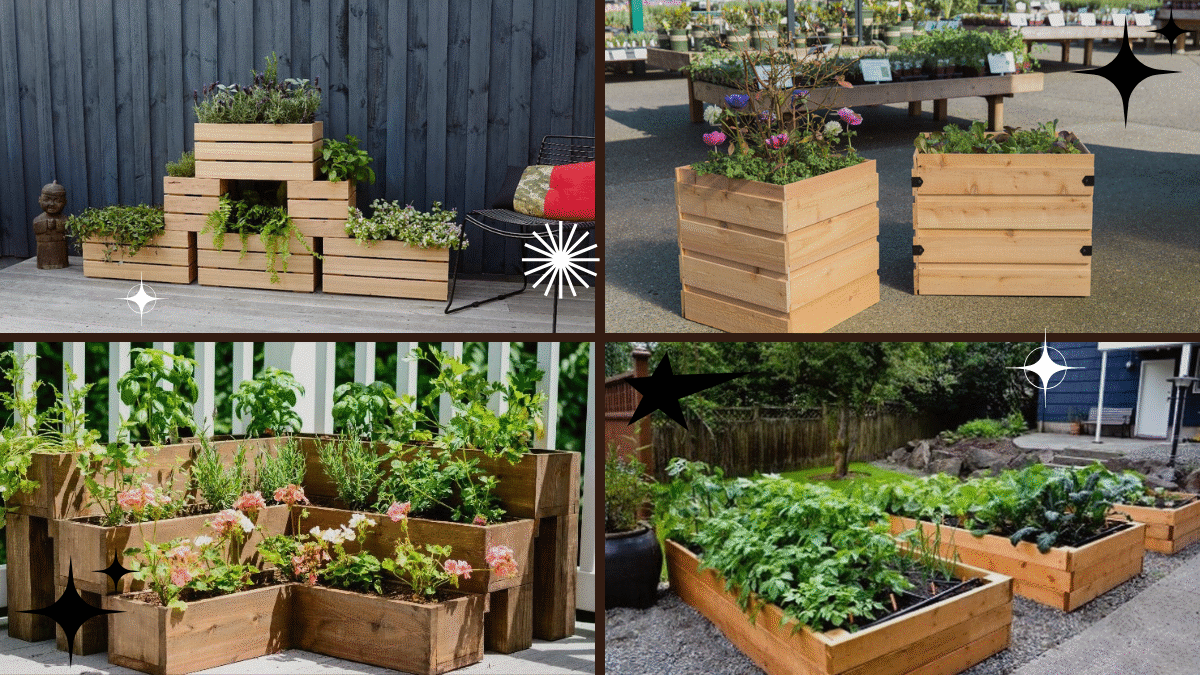
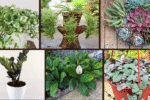

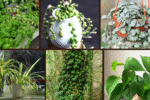
Leave A Comment